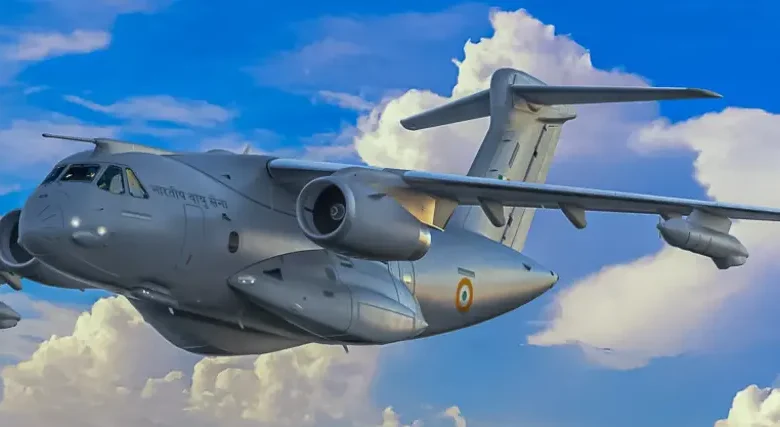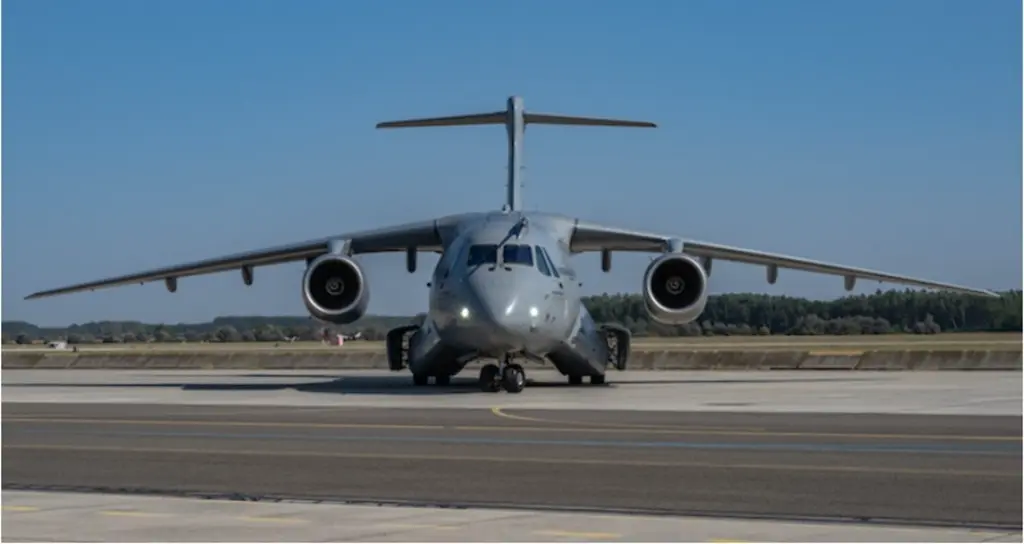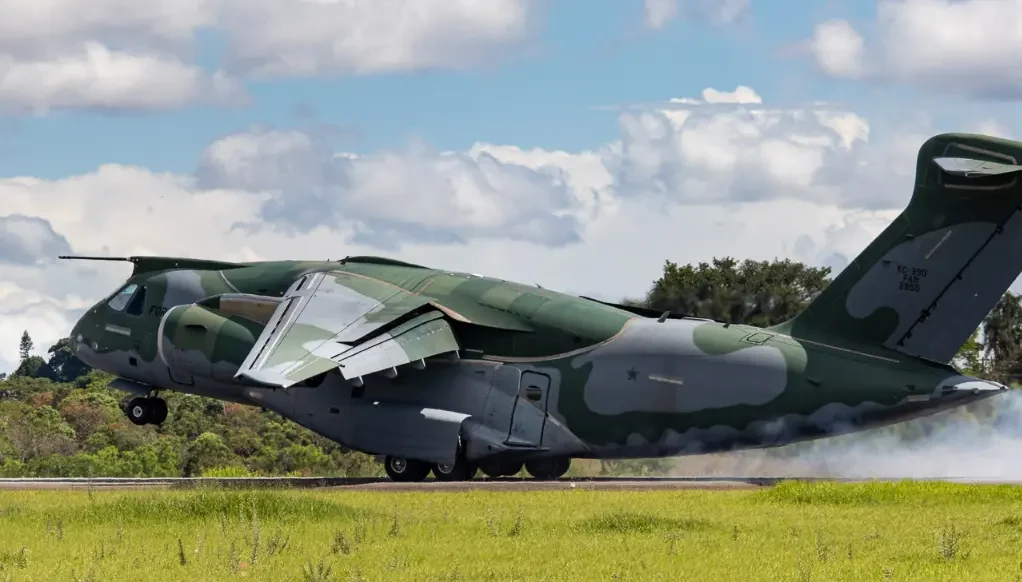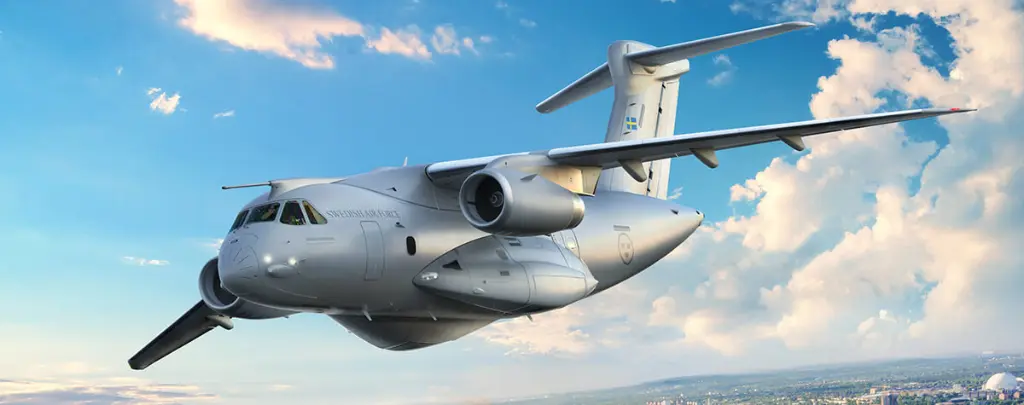Embraer KC-390 Millennium: Revolutionizing Military Transport

Multi-Mission Capabilities
The Embraer KC-390 Millennium represents a significant leap forward in military transport aircraft technology, combining unprecedented versatility, advanced avionics, and remarkable operational efficiency. Developed by Brazil’s Embraer Defense and Security, this twin-turbofan aircraft has been designed to meet the diverse needs of modern air forces, offering capabilities ranging from strategic transport and aerial refueling to humanitarian missions and special operations support.
Since its maiden flight in 2015 and entry into service in 2019, the KC-390 has garnered international recognition, with multiple nations incorporating it into their defense arsenals . This article provides a comprehensive overview of the KC-390 Millennium, exploring its development, design features, operational capabilities, global impact, and future prospects.
Development and Design

Origins and Development
The KC-390 program was initiated by Embraer in the mid-2000s to address the growing demand for a modern, versatile military transport aircraft capable of replacing aging fleets like the Lockheed C-130 Hercules. The Brazilian government supported the project with significant investments, including R$800 million (approximately US$440 million) in 2008, underscoring the program’s strategic importance . The aircraft was initially designated as the C-390 before being renamed KC-390 in 2011, reflecting its dual role as a transport and tanker aircraft .
Embraer leveraged its extensive experience in aerospace manufacturing to create an aircraft that combines the robustness required for military operations with the efficiency of modern jet technology. The KC-390 made its maiden flight on February 3, 2015, and received type certification from the Brazilian aviation authority in October 2018 . By November 2019, Embraer rebranded the aircraft as the C-390 Millennium for the global market, while the aerial refueling variant retained the KC-390 designation .
Key Design Features
The KC-390 Millennium features a high-wing configuration with swept-back wings and a T-tail, optimizing its aerodynamic efficiency and stability. Its rugged design allows operations from semi-prepared and damaged runways, making it suitable for austere environments ranging from the Amazon rainforest to the Antarctic continent . The aircraft is powered by two International Aero Engines V2500-E5 turbofan engines, each providing 31,330 pounds of thrust, enabling a maximum speed of 470 knots (870 km/h) and a service ceiling of 36,000 feet .
- Dimensions and Capacity: The KC-390 has an exterior length of 33.5 meters, a height of 11.84 meters, and a wingspan of 33.9 meters. Its cargo bay is equipped with an aft ramp, similar to the C-130 Hercules, and can accommodate up to 26 tons of payload. This includes armored vehicles, helicopters, palletized cargo, or 80 troops .
- Avionics and Systems: The aircraft is outfitted with state-of-the-art avionics, including the Rockwell Collins Pro Line Fusion suite, which features five 15-inch high-resolution displays, synthetic vision capabilities, and advanced flight planning tools. The cockpit is also equipped with dual head-up displays (HUDs) and an enhanced vision system (EVS), significantly improving situational awareness in low-visibility conditions .
- Survivability Features: The KC-390 includes a comprehensive self-protection suite (SPS) comprising a radar warning receiver (RWR), missile approach warning system (MAWS), laser warning system (LWS), and directional infrared countermeasures (DIRCM). Additionally, it features ballistic armor protection against 7.62mm bullets and chaff/flare systems to counter missile threats .
Operational Capabilities

Multi-Mission Versatility
The KC-390 Millennium is designed as a truly multi-mission aircraft, capable of performing a wide range of operations with minimal reconfiguration time (less than three hours) . Its primary roles include:
- Military Transport: The aircraft can carry heavy payloads, including up to 26 tons of cargo, such as armored vehicles (e.g., M113 or Boxer APCs), helicopters, or 463L pallets. It can also transport 80 troops or 64 paratroopers with full gear .
- Aerial Refueling: As a tanker, the KC-390 can refuel other aircraft in flight using wing-mounted probe and drogue pods. This capability extends the operational range of fighter jets and helicopters, enhancing mission flexibility .
- Humanitarian Assistance and Disaster Relief (HADR): The aircraft can be configured for medical evacuation (MEDEVAC) missions, accommodating up to 74 litters with life-support equipment. It also supports aerial firefighting with modular systems and search and rescue (SAR) operations .
- Special Operations: The KC-390 is equipped to support special forces operations, including the deployment of personnel and equipment into hostile environments. Its ability to operate from short, unpaved runways makes it ideal for these missions .
Advanced Systems and Technology
- Cargo Handling System: The KC-390 features an advanced Cargo Handling and Aerial Delivery System (CHADS), which facilitates the loading and unloading of various cargo types, including vehicles, pallets, and airdrop platforms. The system includes a loadmaster station for efficient coordination .
- Fly-by-Wire Technology: The aircraft incorporates a fly-by-wire flight control system, developed in partnership with BAE Systems, which reduces pilot workload and enhances safety during critical operations .
- Interoperability and Networking: The KC-390 is equipped with modern communication systems that ensure interoperability with allied forces and NATO standards. It can serve as a command and control node in joint operations, sharing real-time data with other platforms .
Global Operators and Orders
The KC-390 Millennium has attracted significant interest from air forces worldwide, with several countries placing orders or expressing intent to acquire the aircraft. Key operators and orders include:
Table: KC-390 Millennium Global Operators and Orders
| Country | Quantity Ordered | Primary Role | Delivery Status |
|---|---|---|---|
| Brazil | 22 (revised from 28) | Transport/Tanker | Deliveries ongoing |
| Portugal | 6 | Multi-mission | Deliveries ongoing |
| Hungary | 2 | Aerial Refueling/Transport | Deliveries by 2024 |
| Netherlands | 5 | Transport | Ordered |
| Austria | 4 | Transport | Ordered |
| Czech Republic | 2 | Multi-mission | Delivery in 2025 |
| Sweden | 4 | Transport | Confirmed |
- Brazil: As the launch customer, the Brazilian Air Force (FAB) initially ordered 28 aircraft but revised this to 22 due to budget constraints. The FAB uses the KC-390 to replace its aging C-130 fleet, enhancing its capabilities in transport and aerial refueling .
- Portugal: The Portuguese Air Force has ordered six KC-390s, with deliveries ongoing. The contract includes support services and a flight simulator .
- Czech Republic: The Czech Republic recently announced the acquisition of two KC-390s, highlighting their role in enhancing military transport, aerial firefighting, and medical evacuation capabilities. The first aircraft is expected in 2025 .
- Other Nations: Hungary, the Netherlands, Austria, and Sweden have also placed orders, reflecting the aircraft’s global appeal. Embraer is actively marketing the KC-390 to other potential customers, including countries in the Middle East and Asia .
Strategic Advantages and Cost-Effectiveness
Operational Efficiency
The KC-390 Millennium offers several advantages over competitors like the Lockheed Martin C-130J Super Hercules and Airbus A400M Atlas:
- Higher Speed and Range: With a maximum cruise speed of 470 knots (870 km/h) and a range of 1,520 nautical miles (2,815 km), the KC-390 outperforms many turboprop-driven transports in speed and efficiency .
- Lower Operating Costs: Embraer emphasizes the aircraft’s cost-effectiveness, with lower operating and maintenance costs compared to similar platforms. The use of commercial off-the-shelf technology, such as the IAE V2500 engines, contributes to this efficiency .
- Ease of Maintenance: The KC-390 incorporates an Onboard Maintenance System (OMS) that provides diagnostic information to maintenance crews, reducing downtime and costs. Its design follows MSG-3 methodologies, ensuring high availability and reliability .
Economic and Industrial Impact
The KC-390 program has significant economic implications, fostering industrial partnerships and technology transfer. For example:
- Czech Republic: The acquisition includes an industrial cooperation agreement valued at over $82.3 million, involving local companies like Aero Vodochody Aerospace and LOM Praha. This collaboration aims to enhance the Czech aerospace sector’s capabilities and create jobs .
- Global Supply Chain: Embraer has established partnerships with numerous international suppliers, including BAE Systems (fly-by-wire systems), Rockwell Collins (avionics), and Aero Vodochody (rear fuselage production) .
Future Prospects and Upgrades

Potential U.S. Military Interest
Embraer is actively promoting the KC-390 to the U.S. military as an agile combat asset capable of addressing critical air refueling and transport challenges. Despite traditional resistance to acquiring foreign-made military aircraft, Embraer highlights the KC-390’s versatility and cost-effectiveness as key selling points . The aircraft was displayed at events like the ARSAG conference in Las Vegas, where Embraer executives underscored its potential to support U.S. and allied operations .
Technological Enhancements
Embraer continues to invest in upgrading the KC-390’s capabilities. Recent developments include:
- Intelligence, Surveillance, and Reconnaissance (ISR) Capabilities: The Portuguese Air Force is collaborating with Embraer and the Brazilian Air Force to integrate advanced ISR systems into the KC-390, enhancing its role in surveillance and data collection .
- Aeromedical Systems: The Netherlands is developing an innovative aeromedical system for its C-390 fleet, which could be adopted by other allied nations .
- Civilian Applications: Embraer is exploring a civilian cargo version of the KC-390, with a memorandum of understanding signed with the Brazilian postal company Correios to evaluate this potential .
Conclusion
The Embraer KC-390 Millennium stands as a testament to Brazil’s aerospace innovation and strategic vision. By combining advanced technology, multi-mission flexibility, and cost-effectiveness, the KC-390 has positioned itself as a leading platform in the medium military transport segment. Its growing adoption by air forces worldwide underscores its ability to meet the diverse challenges of modern military operations, from combat missions to humanitarian assistance. As Embraer continues to enhance its capabilities and explore new markets, the KC-390 is poised to play an increasingly vital role in global defense and security landscapes.
For further details, refer to the Embraer official website



